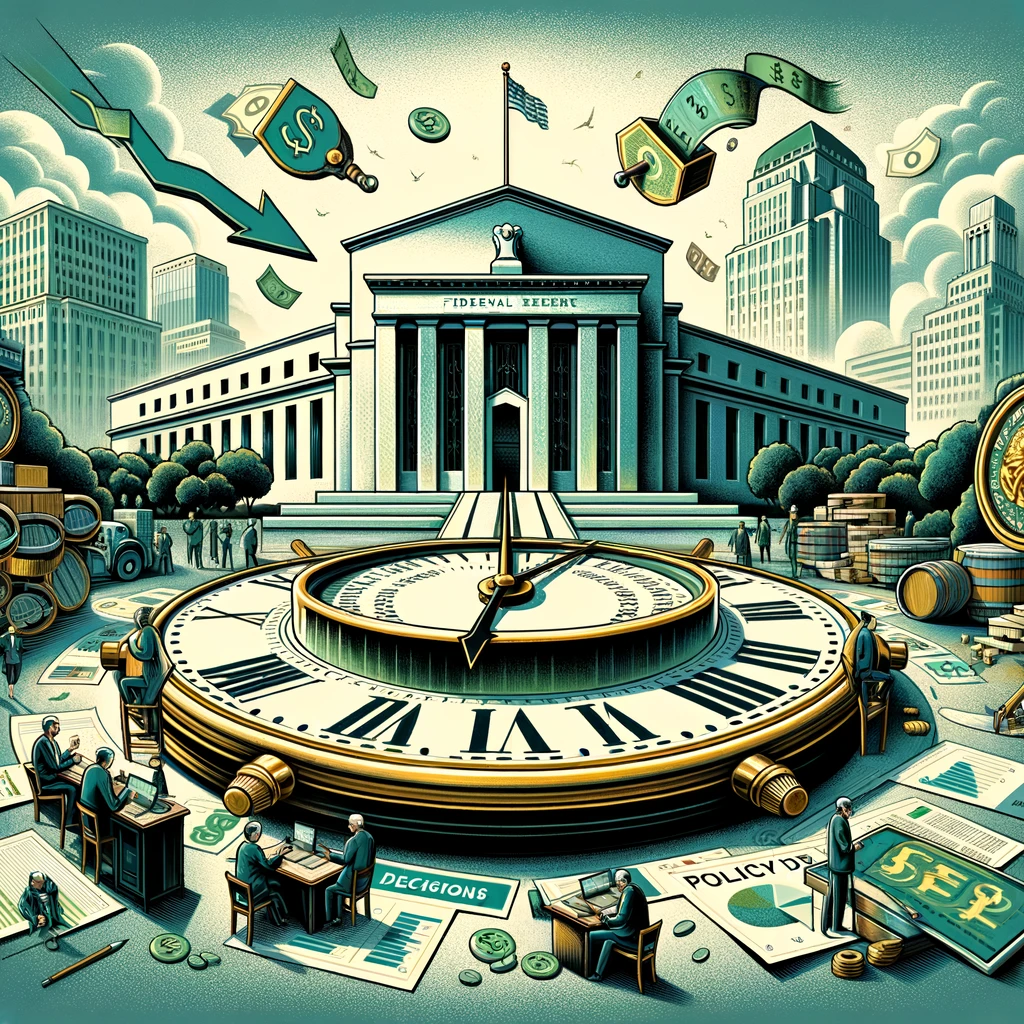With the finesse of a seasoned grandmaster, the Federal Reserve is currently navigating the economic chessboard between inflationary pressures and market expectations, a game with high stakes. According to recent estimates, the cost of housing has been the main factor propelling consumer prices in the United States to unexpectedly high levels. But the Fed’s inflation golden meter points to a possible gentle landing, so there’s hope. Yet this is a sobering reminder that getting to the desired low interest rate isn’t going to be a picnic.
Navigating Through Economic Crosswinds
Right now, the Federal Reserve stands at a critical juncture. The balancing act involves cooling inflation to its target of 2% without triggering shockwaves across the broader economy and financial markets. Recent months have brought a sigh of relief, with inflation rates decelerating, albeit the latest data point proves we’re not out of the woods just yet. The burning question now is: when will the Fed ease off the gas and lower its policy interest rates?
Fed Chair Jay Powell, in a masterclass of ambiguity, has hinted at a cautious approach. The central bank, according to Powell, is on the lookout for “more good data” — not necessarily stellar, but sufficiently positive to steer the course of action. May has been floated as the earliest conceivable window for rate cuts, yet the Fed seems poised to demand a longer runway of favorable inflation metrics before making any moves. In essence, the bar for action has been set high, reflecting the Fed’s strategic patience in the face of uncertainty.
Confoundingly, the U.S. economy has shown remarkable resilience, with a 3% growth rate in the most recent quarter and an unemployment rate that is reminiscent of the 1960s. The standard Phillips curve narrative, which states that greater unemployment is necessary for inflation control, is challenged by this robust economy, which complicates the decision-making process of the Fed. With inflationary pressures reducing despite continuous economic progress, the events of 2023 have shown that this ancient economic adage may not be true.
The Fed’s Delicate Balancing Act
Premature action has dangers, which is why the Federal Reserve is being careful about cutting interest rates. At least that’s what they’re telling us. With a 5.25 percentage point increase in only two years, the federal funds rate has put a heavy burden on the housing market and credit conditions. Home prices and mortgage rates are on the rise, making things even more difficult for first-time buyers, and the central bank is caught in the middle of this conundrum since it is trying to curb inflation.
Another battleground is the financial markets, where the stability of banking institutions and credit markets has been put to the test by the quick and significant rate rises that have occurred since 2022. The disastrous consequences of high interest rates on corporate choices and financial security are on full display in the recent demise of US banks, a somber reminder of how fragile the present financial climate is.
Consistent with Powell’s views, Fed Vice Chair for Supervision Michael Barr has also argued for a “careful approach” to policy normalization, stressing the need to avoid hasty rate cuts. Following the Fed’s statements and recent inflation data, investors and analysts have adjusted their expectations for rate cuts anytime soon.





